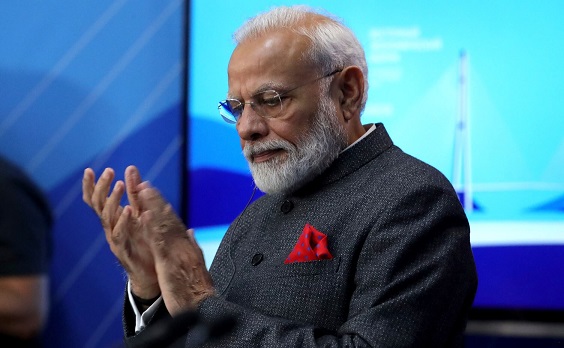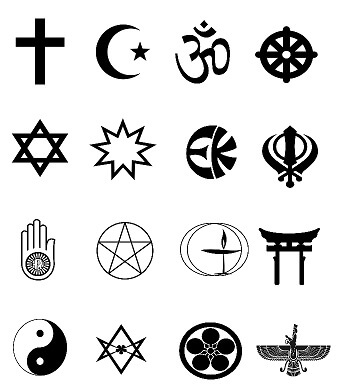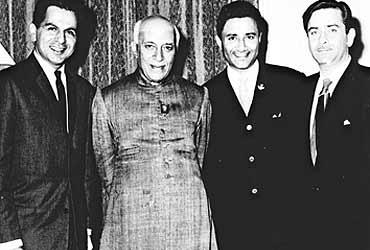After winning the general election in May 2019, Prime Minister Narendra Modi had declared, “If anyone has won, it is India. We dedicate this victory to the people of India.” The victory of a man, a political party, and an ideology in an election was equated by the prime minister with the triumph of the nation. It did not cross his mind that he, his political party, and its ideology is not even a speck in the vast omnipotent currents that have shaped India across centuries. India has seen a multitude of much more stronger forces (extraordinarily blessed and extremely vile) and has yet remained ancient and modern, transitional and eternal, intolerant and embracing. At best, Prime Minister Modi and his government are a sort of guardians elected democratically by the citizens to take some decisions on their behalf for the next five years. While Prime Minister Modi sold the vision of a United and Progressive India during his election campaign, a hundred days into his second term, the present circumstances look nothing but gloomy.
It has been a month since the abrogation of Article 370 of the Constitution of India. In principle, the special status that Kashmiris had enjoyed for years has now be rescinded. But, in reality, there is another special designation that has been conferred on Kashmiris, unfortunately, that of pariahs. Not only the restrictions imposed on them by the government have not been lifted or substantially eased, but the government also has not shown any signs of warmth by extending a hand of friendship toward them. The alacrity by which the government took away the privileges enjoyed by Kashmiris has not been followed by the display of immediate concern regarding their lives. Access to basic amenities has remained out of reach while Liberty guaranteed to them by the Constitution continues to be suspended. Neither the prime minister nor the home minister thought it wise to send a warm signal by visiting the valley to approach the Kashmiris directly. Of course, they have not done so because they are aware of the anger that has manifested in the valley since last month and will burst out at any time once the communication services are fully restored. However, if they are under the impression that by heavy repression, Kashmiris will bow down and this cold policy of isolation will bring good results, then best of luck to both of them, but it won’t happen. It is just not possible in the twenty-first century for a democracy to integrate a territory without peacefully amalgamating its inhabitants. The wounds of pellet guns and violence run deep in Kashmiri veins and nothing but the application of love and warmth can initiate the healing process. Whether it be the insurgency in Assam or that in Nagaland, only generosity showed by the central government after having crushed the armed revolution had paved the way for normalcy.
The Western media has been largely critical of India’s actions in Kashmir. The argument that all media organizations have their prejudices won’t work here. It must be understood that by and large, the liberal lobby is very strong in all developed nations. Much of the vitriolic anti-India outpouring in these nations has been due to the current lockdown in the Kashmir valley where even erstwhile chief ministers are still under custody. Reporters who have been able to visit the valley have only brought back the news of resentment, anger, and the sense of isolation. If you would continue to treat more than a crore of your own people as pariahs, then there is no substance in the talk of a “United” India. The only reason why the governments of developed nations have not explicitly gone on raising voice against India has been the pull of the economy. This brings us to the second part of this write-up.
In the past few months, thousands of jobs have been lost in many sectors, especially textile and automobile. The economy is literally going down the drain. For the second consecutive quarter, the GDP growth rate has fallen below 6%. At 5% it is the lowest GDP growth rate for any quarter in the past six years. Remember that this figure of 5% is by the new method of GDP calculation inaugurated by Modi 1.0 while from the earlier method of GDP calculation, the figure would drop to somewhere around miserly 3.5%. There is a deep sense of distress among investors, bankers, and entrepreneurs. The Finance Minister Nirmala Sitharaman is neither willing to face the questions from the media nor is she displaying leadership instincts by accepting the responsibility and providing the assurance that everything needed to fix the economy shall be done. The great freedom fighter J. B. Kripalani had once said while being hospitalized during the Emergency: “I have no constitution—all that is left are amendments.” That is exactly where the economy finds itself today. All the government is attempting is not to overhaul its disastrous policies, especially in the manufacturing sector to create incentives for medium- and high-scale industries, but to patch up the bad debts and clear past follies by inviting more private investment.
Even if we leave the discussions regarding the method for GDP calculation or the fitness of the steps that the government has been taking, a single figure depicts how alarming the situation is (which even a complete ignorant at Economics like me would understand): the manufacturing sector grew at 0.6% in the April-June quarter. Just take a moment to let that sink in. The manufacturing sector of “Progressive” India, aiming to become a $5 trillion economy in the next five years stagnated for a whole quarter. Every single economic indicator from sales of automobiles to the consumption of household goods to the pulling out of money by foreign investors is pointing at hard times ahead. Well, but never mind, the government still has an intricate and inextricable web of lies, religion, and nationalism to veer off course any debate on the national media that is critical of its image.
And, one might ask, what’s the status of the Opposition? After all, it has so much on its plate prepared and catered by the government itself that it should be thanking the prime minister while rallying the whole nation against him. Well, one month back, I had designated the Congress Party as “the most pathetic political party in India.” I can only misquote Shakespeare to add: “For never was a story of more woe than this of Congress and her vertigo.”

 Reminiscing the Visit to a Synagogue
Reminiscing the Visit to a Synagogue